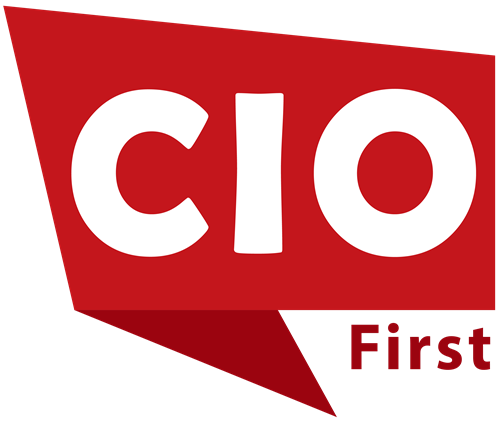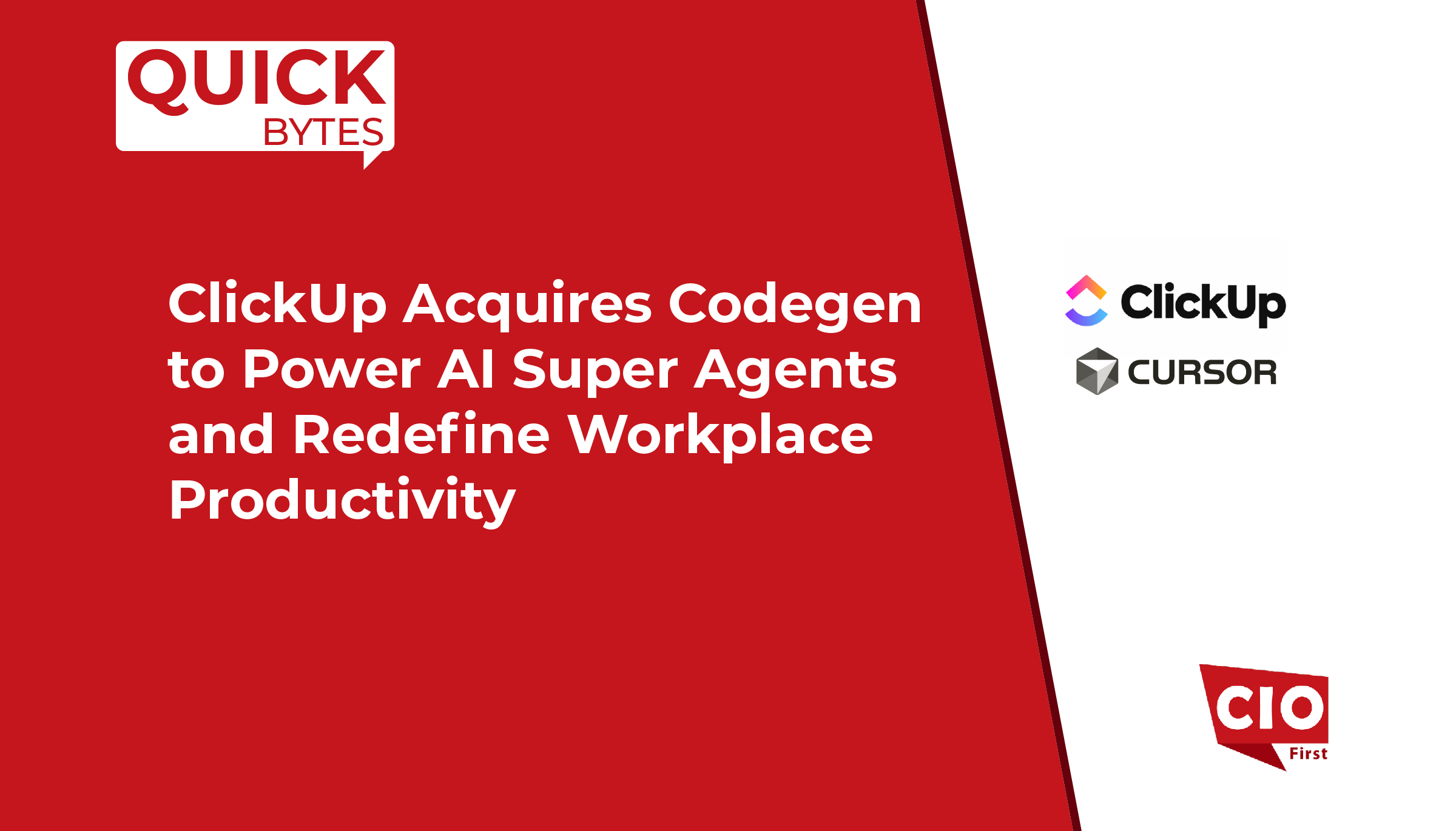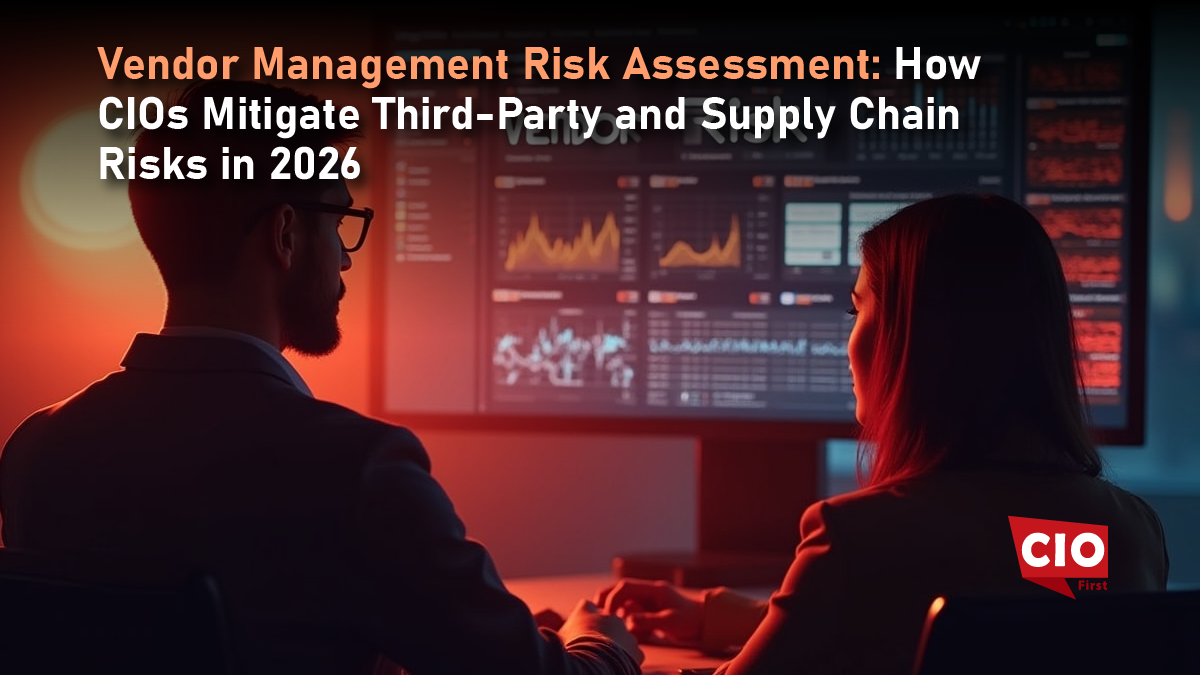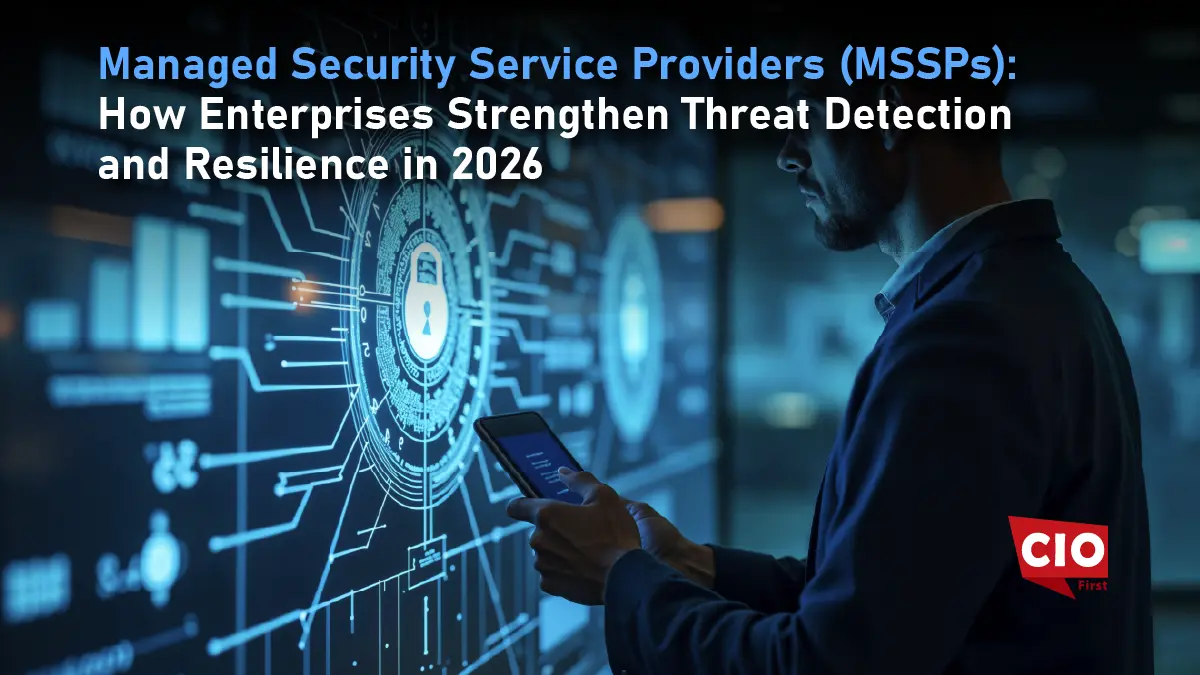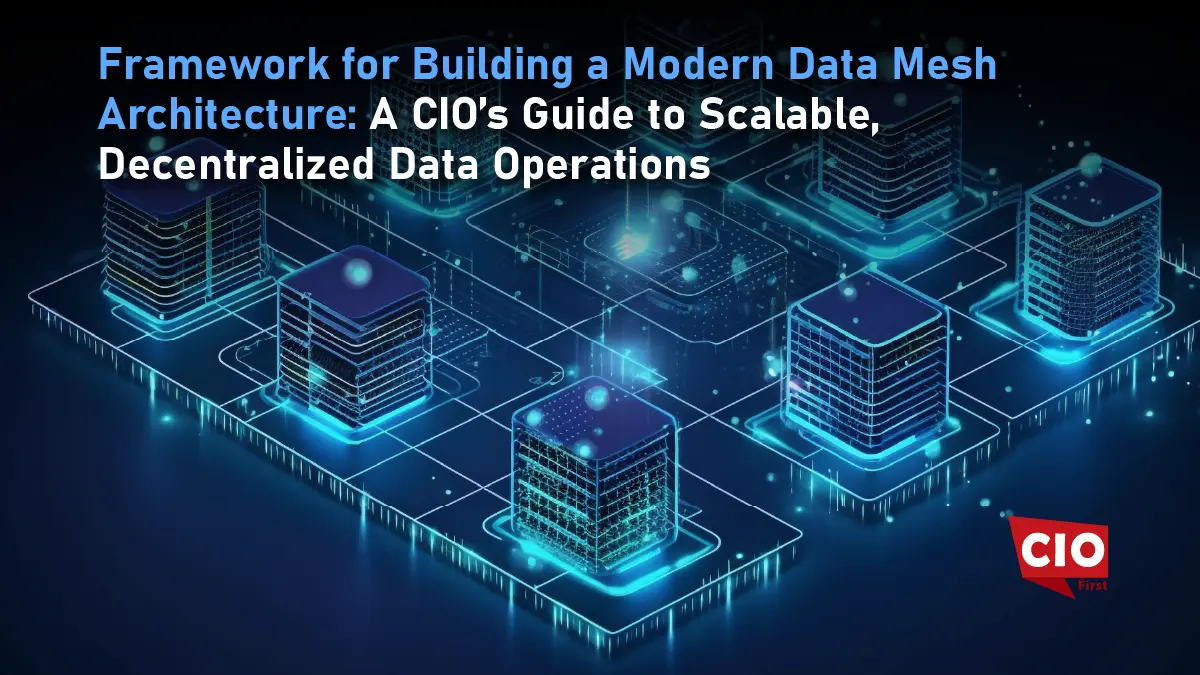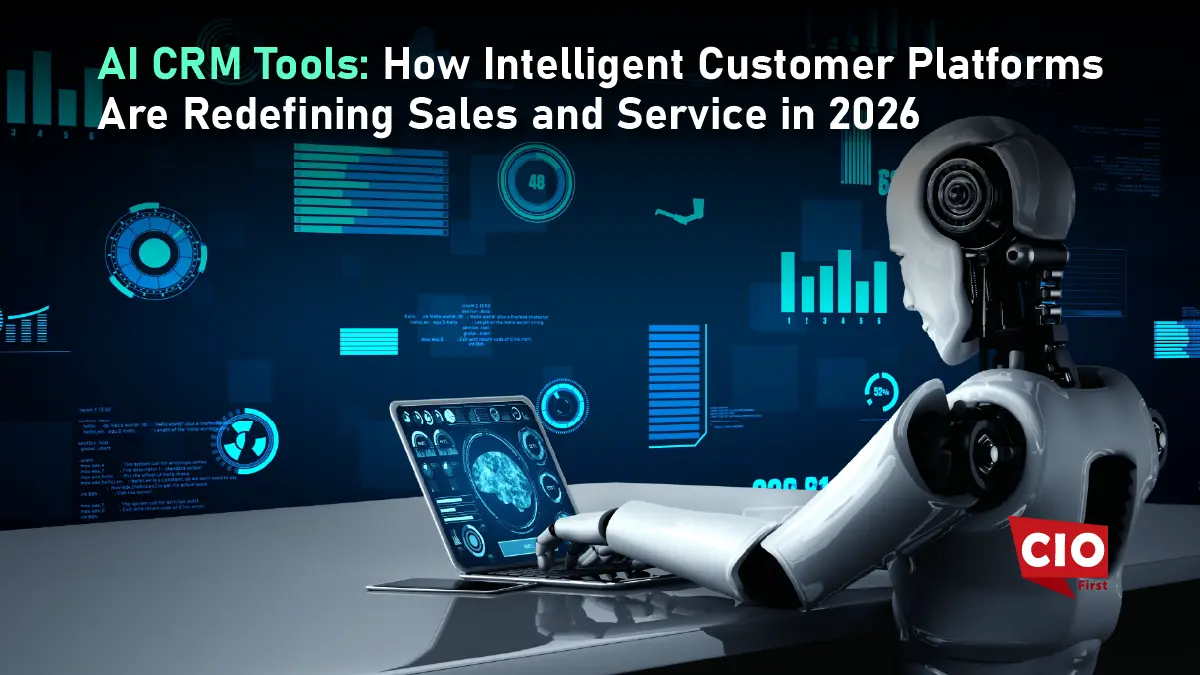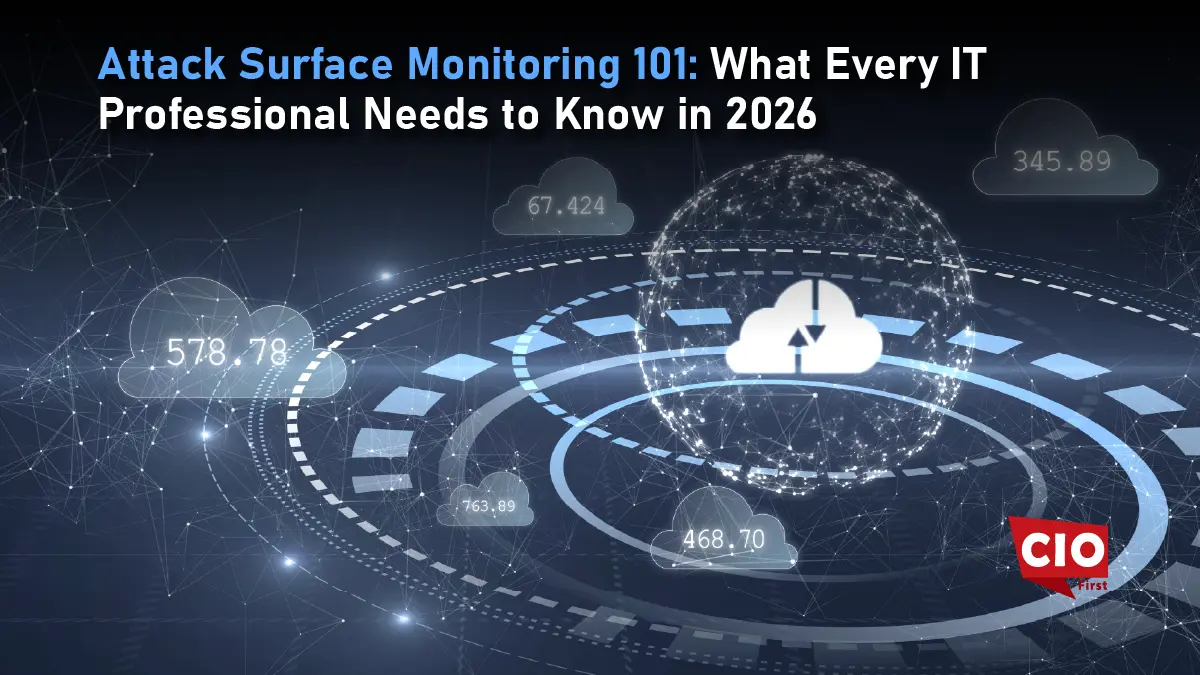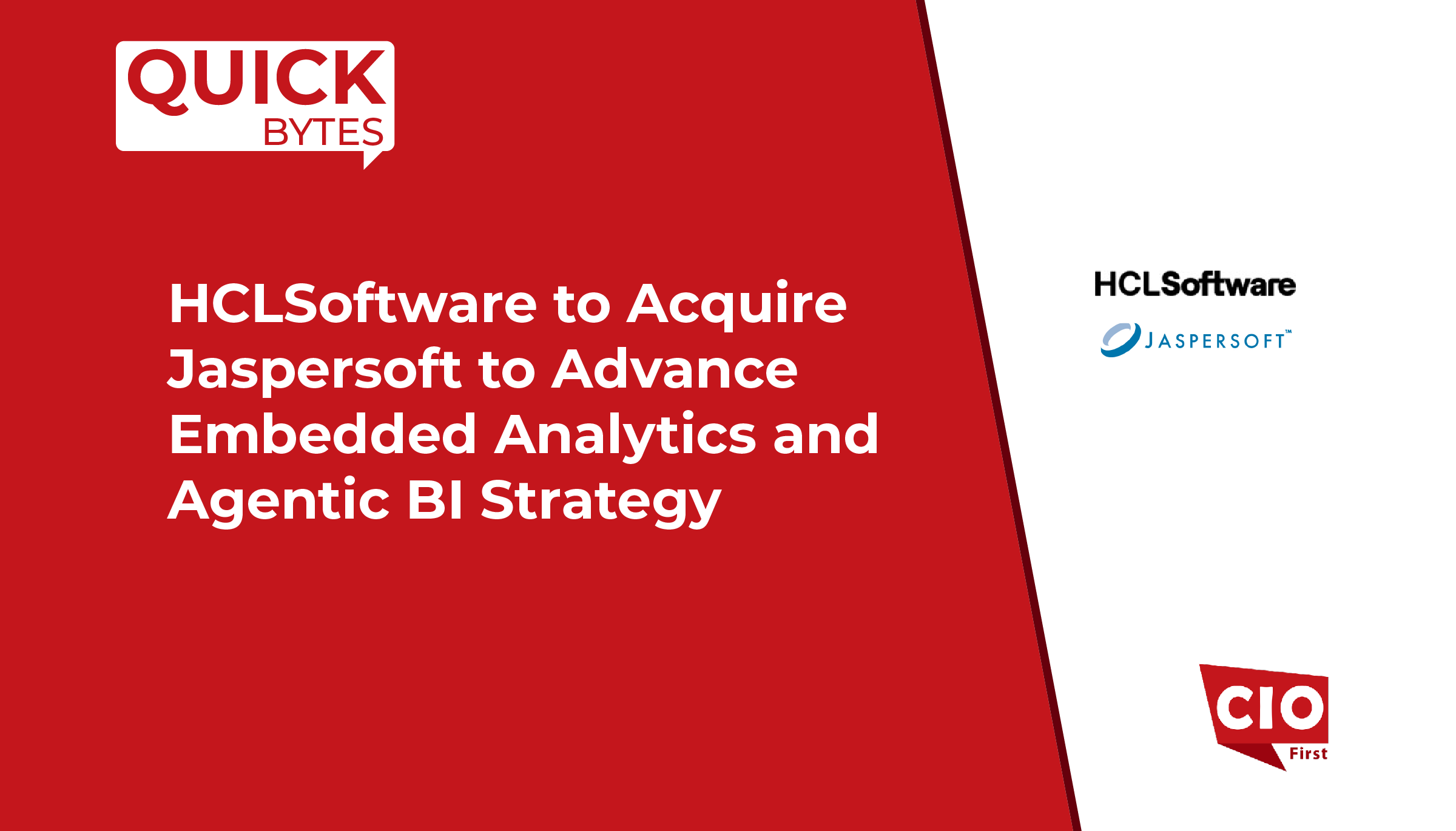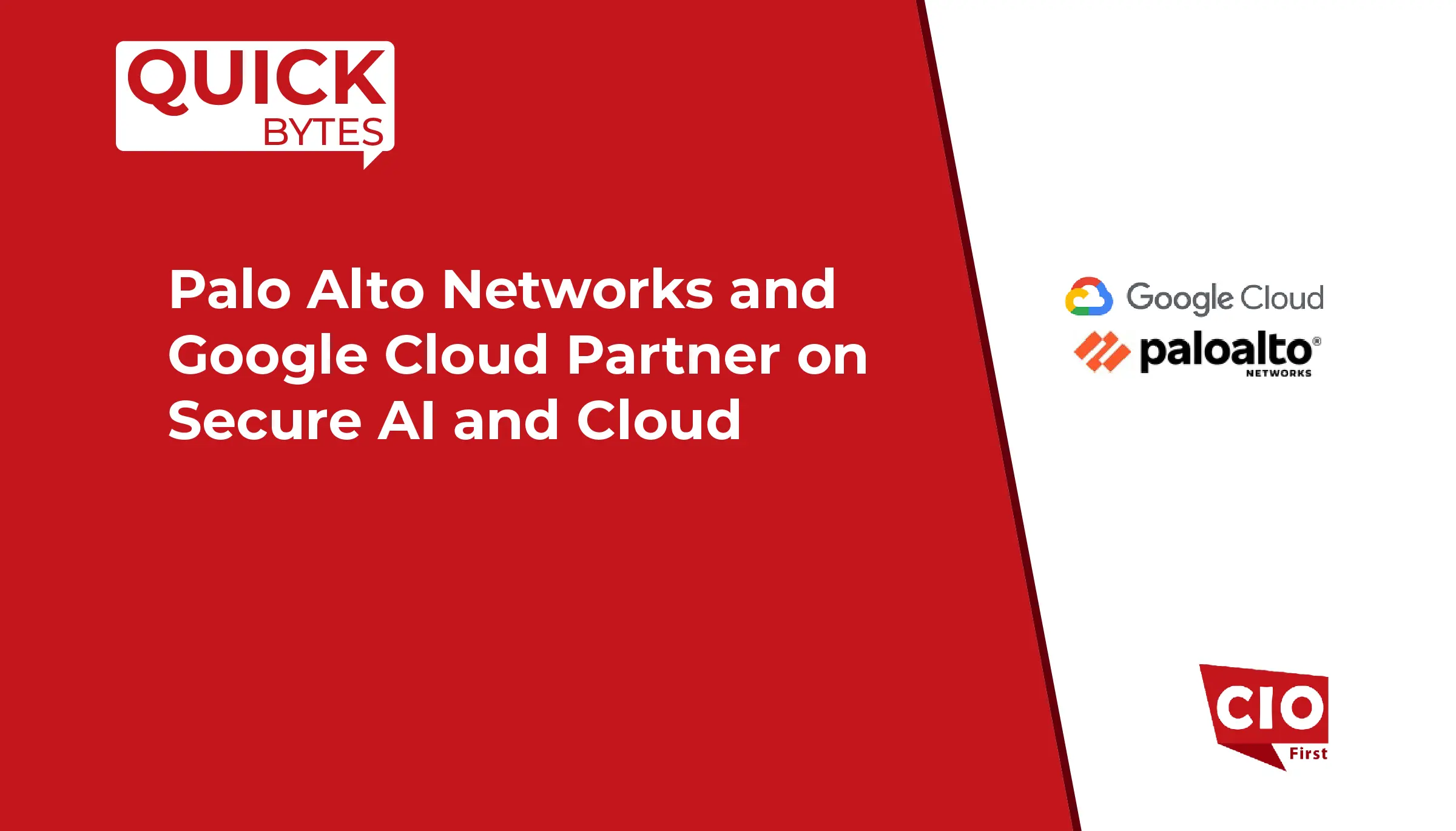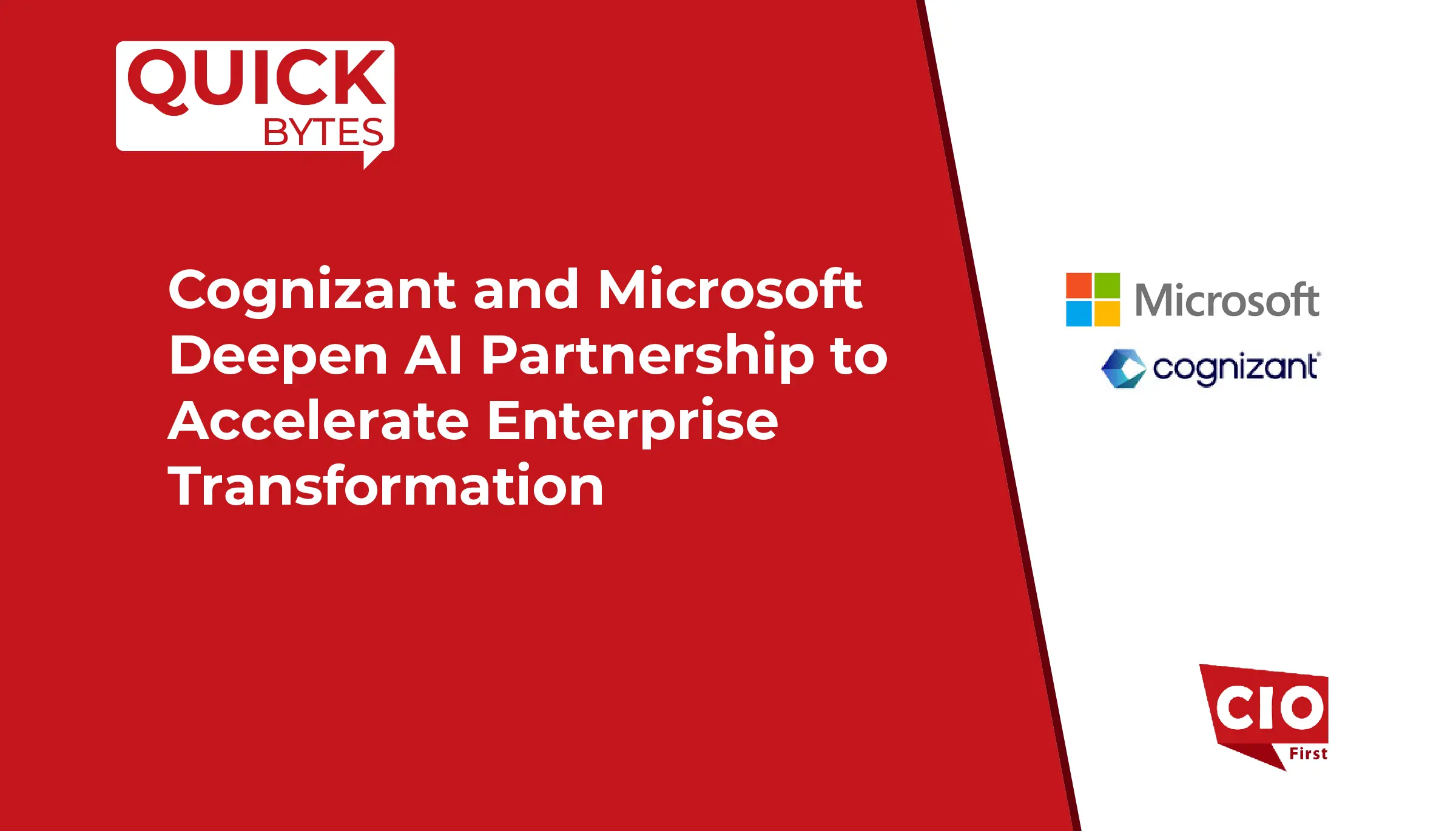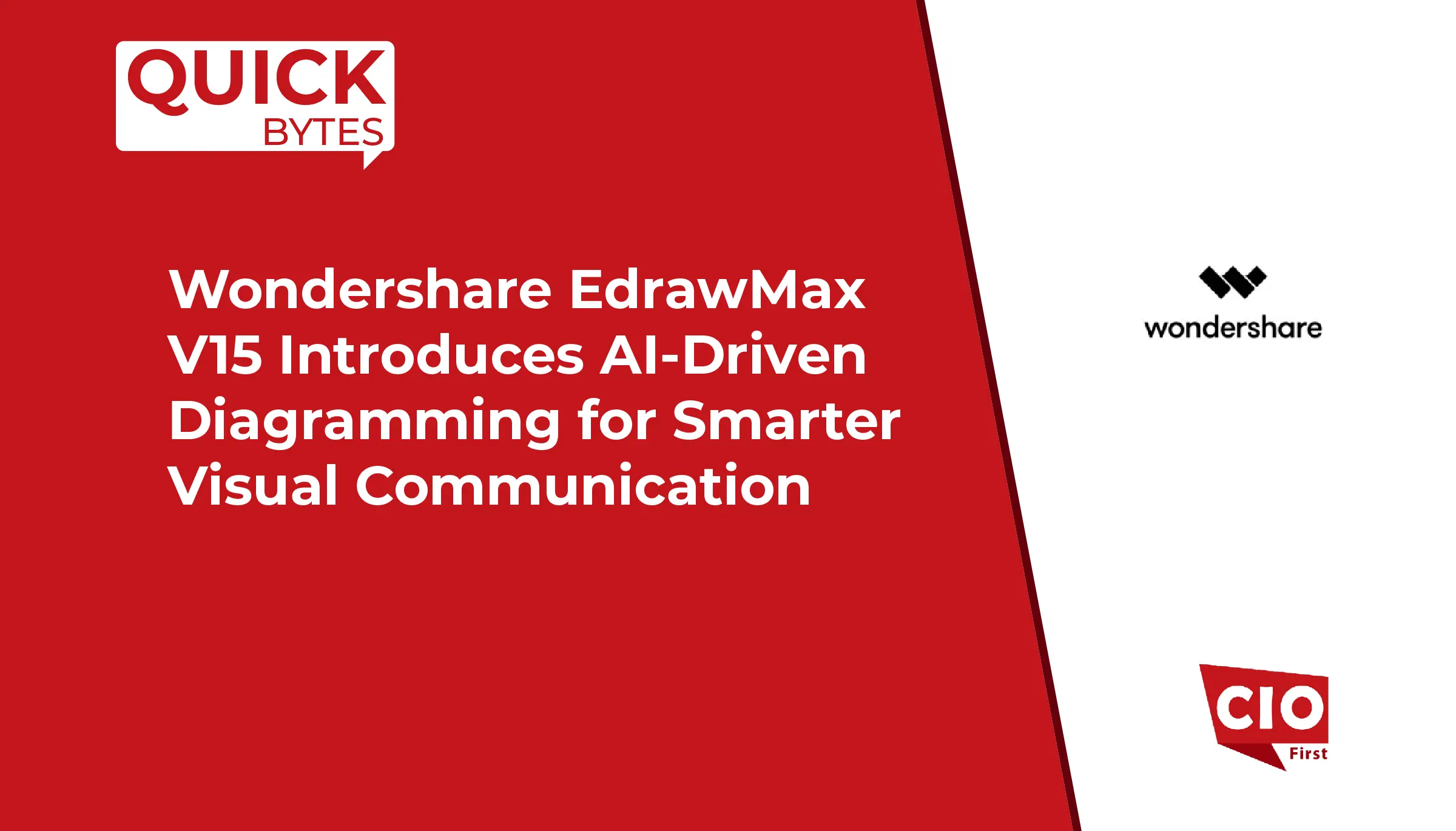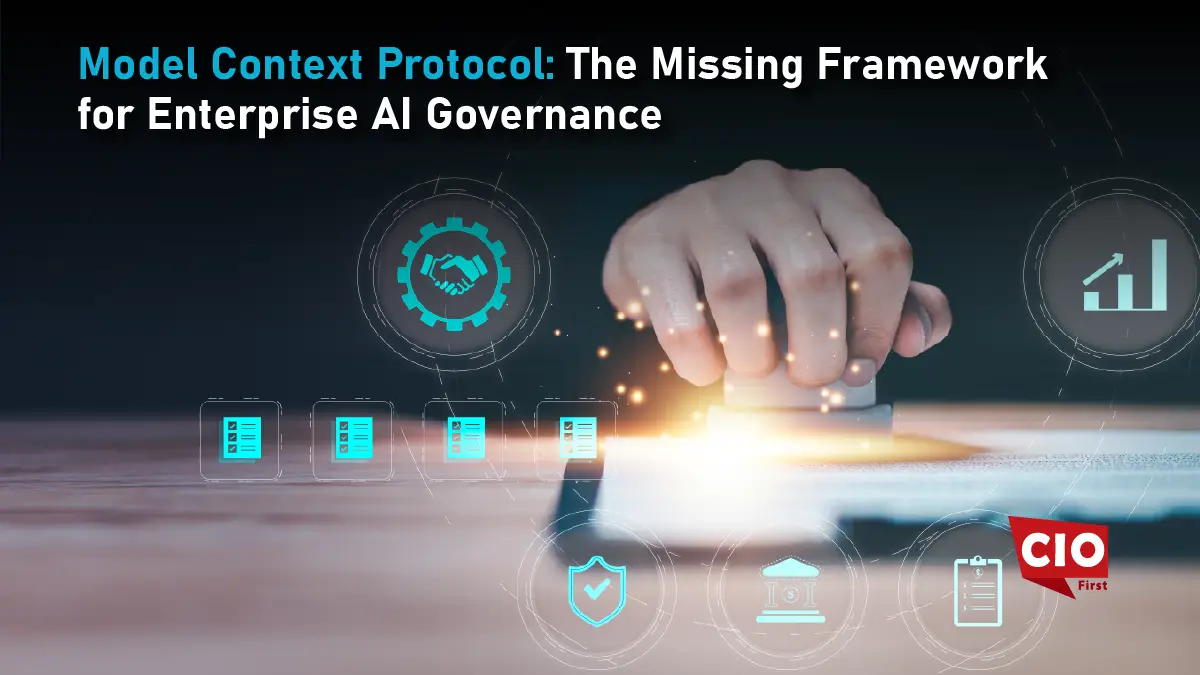Enterprises worldwide are rapidly deploying artificial intelligence (AI) across various operational and strategic functions. While AI brings competitive advantages in decision-making speed, automation and predictive analytics, it also introduces significant risks. Model misalignment, uncontrolled data usage and lack of traceability are creating compliance and security concerns. Regulatory bodies in the US, EU and other jurisdictions are releasing frameworks for AI governance but organizations are struggling with the lack of a universally recognized operational protocol that governs model behavior in context.
The Model Context Protocol (MCP) has emerged as a candidate to address these gaps. This framework defines standardized methods for defining, transmitting and validating contextual parameters that guide AI model outputs. For enterprises, MCP could be the foundation for transparent, accountable and secure AI at scale.
What is the Model Context Protocol?
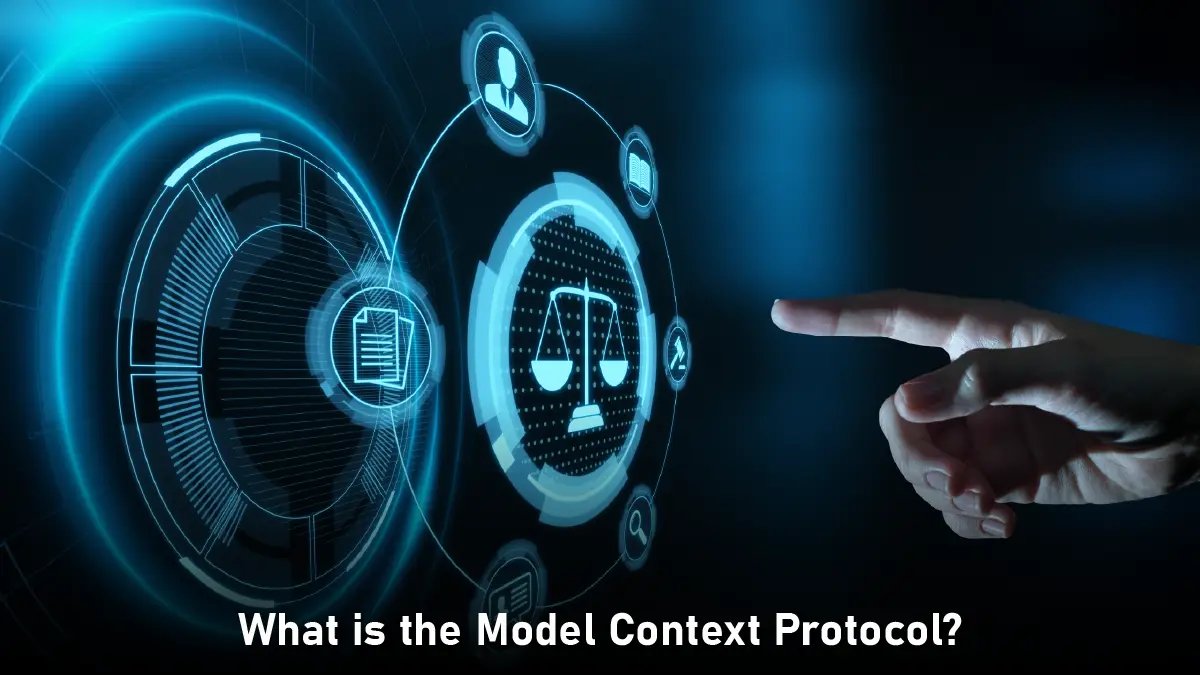
The shortcomings of today’s AI governance are already being exposed. For instance, Prove AI’s October 2024 launch at IBM TechXchange showcased a platform enabling tamper-proof, real-time oversight, highlighting how governance needs to be embedded operationally, not just documented post-deployment. Model Context Protocol refers to a set of technical and governance standards that ensure AI models operate within predefined boundaries, aligned to business, legal and ethical requirements. It specifies how contextual information is packaged, transmitted and interpreted across different models, platforms and enterprise systems.
At its core, MCP addresses three governance challenges:
- Context Preservation: Ensuring models interpret inputs as intended by the operational scenario.
- Compliance Integration: Embedding legal and regulatory rules into AI workflows.
- Interoperability: Enabling different AI systems to exchange contextual directives in a uniform, verifiable format.
These elements allow organizations to track and enforce model behavior, preventing unintended deviations that could lead to compliance violations or reputational damage.
Why Current AI Governance Approaches Fail
Enterprises are using fragmented governance measures such as policy documentation, audit trails and post-deployment monitoring. While these provide oversight, they don’t address the real-time operational layer where most AI decisions are made.
Model drift for instance is a persistent risk. Even when initial model training complies with corporate and regulatory standards, changing data environments can cause AI outputs to diverge from intended outcomes. Without a way to transmit context directly to the model at runtime, governance controls are reactive rather than preventive.
Furthermore, current AI governance frameworks such as the EU AI Act or NIST’s AI Risk Management Framework focus on principles and high-level controls. They don’t prescribe a machine-readable standard for context exchange. This gap leaves enterprises to develop proprietary solutions that increases operational costs and creates integration challenges.
Also Read: What Is a Content Cloud? A Strategic Guide for CIOs Leading Digital Transformation
The Strategic Value of MCP in Enterprise AI
MCP can turn AI governance from a static compliance checklist into a dynamic operational discipline. Enterprises that integrate MCP into their AI infrastructure get several strategic benefits:
1. Better Regulatory Alignment
Regulators increasingly require demonstrable evidence of responsible AI use. MCP can embed compliance parameters into model execution, generating verifiable logs that auditors and regulators can review. This reduces the administrative burden of manual reporting and speeds up regulatory approval.
2. Consistency Across Systems
Global enterprises have multiple AI models across departments, regions and technology stacks. MCP ensures a shared contextual framework governs all these systems, reducing the risk of contradictory outputs or policy violations.
3. Better Vendor Management
Organizations source AI from multiple vendors. MCP’s standards allow models to operate under the same contextual directives even if developed on different architectures. This reduces the risk of governance gaps in multi-vendor ecosystems.
MCP Components
The MCP framework can be broken down into three parts:
Context Definition Layer
This layer defines the parameters, rules and metadata that sets the operational boundaries for an AI model. Parameters can include jurisdictional data handling requirements, sector specific compliance rules and business specific operational constraints.
Transmission Layer
The transmission layer standardizes how context definitions are packaged and sent between systems. It uses secure, encrypted channels to prevent interception or tampering, so contextual data in transit is integrity.
Verification Layer
This layer checks that AI models have received, interpreted and applied the transmitted context correctly before generating outputs. Verification logs provide a transparent audit trail for internal governance teams and external regulators.
Industry Adoption
Several industries are already exploring MCP-like frameworks in anticipation of stricter regulations.
- Financial Services: Institutions are piloting context protocols to ensure AI driven credit scoring complies with anti-discrimination laws and fair lending practices.
- Healthcare: AI diagnostic tools are incorporating context layers to enforce patient data privacy rules under HIPAA and GDPR.
- Manufacturing: Predictive maintenance models are adopting operational contexts to comply with safety regulations in multiple jurisdictions.
These early adopters show that MCP is not just a theoretical concept. It’s a practical governance tool for industries with complex compliance requirements.
Tech-Compliance Intersection
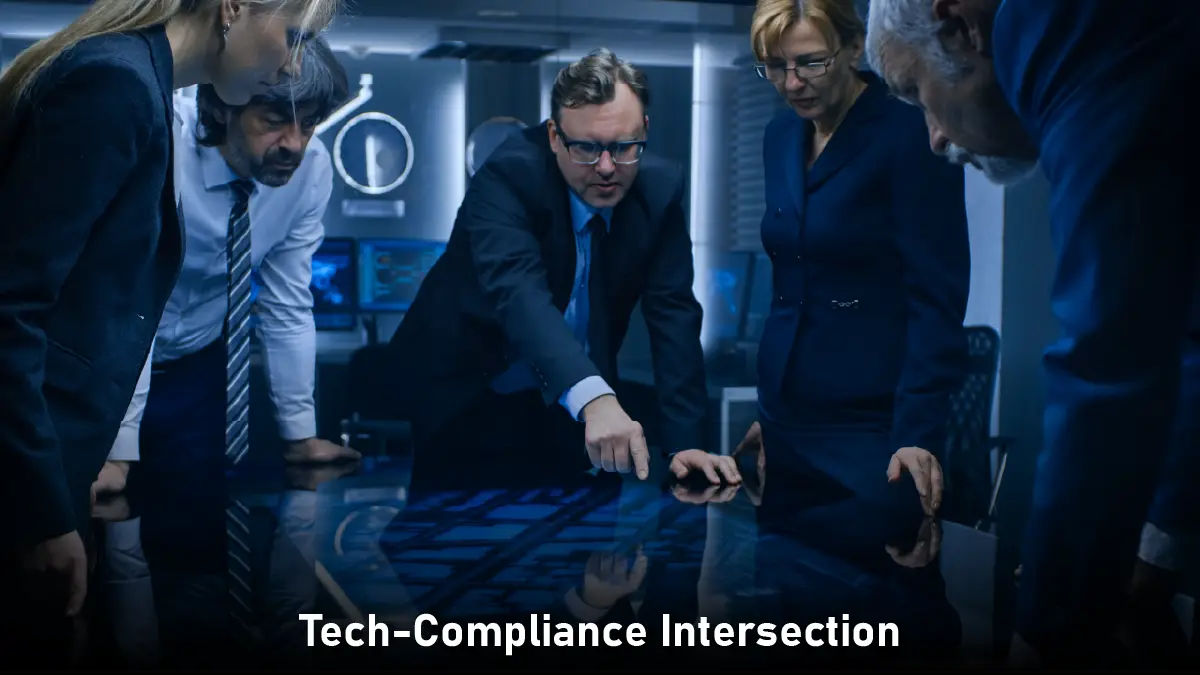
MCP sits at the tech-compliance intersection. Successful deployment requires cross-functional collaboration between AI engineers, legal teams, compliance officers and business strategists. Technical teams need to design context layers that integrate with model architectures and compliance experts need to define the legal and ethical parameters to embed.
Without this, MCP will simply be another isolated governance tool that fails to influence real-time AI decisions. Enterprises should view MCP as a technical and strategic effort. They need to align it with their overall digital goals.
Implementation Challenges
Despite the benefits, implementing the Model Context Protocol is a significant operational and organizational challenge for companies.
Legacy Systems
Many companies have AI models embedded in legacy infrastructure that was not designed to receive or process context layers. Retrofitting these systems to meet MCP standards requires a lot of redevelopment, testing and validation. This will delay the adoption timeline and increase the initial cost.
Vendor Management
Multi-vendor AI ecosystems create complexity in enforcing uniform context protocols. Vendors may have proprietary architectures that resist interoperability. Companies must negotiate contractual terms that require adherence to MCP standards or deploy middleware solutions to bridge the gap.
Resource Requirements
A full MCP implementation requires dedicated resources: governance experts, AI engineers, cybersecurity professionals and legal advisors. Smaller companies may not have the resources to meet these requirements without external partnerships or managed services.
Regulatory Landscape and MCP
Global regulators are fast tracking the standardization of AI governance and MCP can become a compliance enabler.
European Union
The EU AI Act requires high-risk AI systems to have risk management, transparency and traceability mechanisms. MCP’s context definition and verification layers align with these requirements so companies can meet the obligations more efficiently.
United States
The NIST AI Risk Management Framework emphasizes measurable and documented governance practices. MCP’s machine-readable directives and audit-ready verification logs provide the evidence that regulators expect.
Asia-Pacific
Jurisdictions in countries such as Singapore and Japan are introducing AI governance guidelines that stress explainability and cross-border data handling compliance. MCP’s interoperability focus makes it a tool to navigate these requirements while maintaining operational efficiency.
MCP Outlook
The MCP market will grow rapidly as companies look for operational AI governance beyond compliance. Early adopters are in sectors with high regulatory exposure such as finance, healthcare, government services.
The vendor landscape will move towards MCP compatible tools, context definition management platforms, interoperability middleware, and verification-as-a-service. These will help companies standardize AI globally without sacrificing agility.
MCP will be a procurement criteria for enterprise AI solutions in the next 3-5 years. Companies not integrating MCP will face higher compliance costs, operational risk and competitive disadvantage in markets where governance maturity is a buying decision.
Strategic Recommendations for Companies
- Governance Gap: Where are current AI governance practices not giving you real time control over model behavior?
- Get Cross Functional Buy In: Involve legal, compliance, technical and operational teams from the start to make sure MCP parameters reflect company priorities.
- Prioritize High Risk Use Cases: Start with AI systems that handle sensitive data, regulatory obligations or critical business processes.
- Partner with Vendors: Work with AI vendors that support or will support MCP to ensure cross platform interoperability.
- Continuous Verification: Automate processes to verify MCP compliance throughout the AI lifecycle from deployment to retirement.
MCP as a Competitive Differentiator
The Model Context Protocol is emerging as the operational AI governance enabler. It bridges the gap between high-level principles and real-time model execution, giving companies a framework to embed compliance, transparency and accountability into AI workflows.
As rules change and AI takes on more decision-making, companies using MCP will feel safer and face less risk. MCP adoption shows stakeholders that the company values responsible AI use. This is important for investors, partners, and building customer trust.
In the next few years, MCP will move from nice to have to must have for enterprise AI strategy. Early adopters will benefit from regulatory readiness and operational resilience and market credibility. For companies navigating the complexities of AI governance, MCP is the missing framework to align technology innovation with ethical, legal and strategic imperatives.
